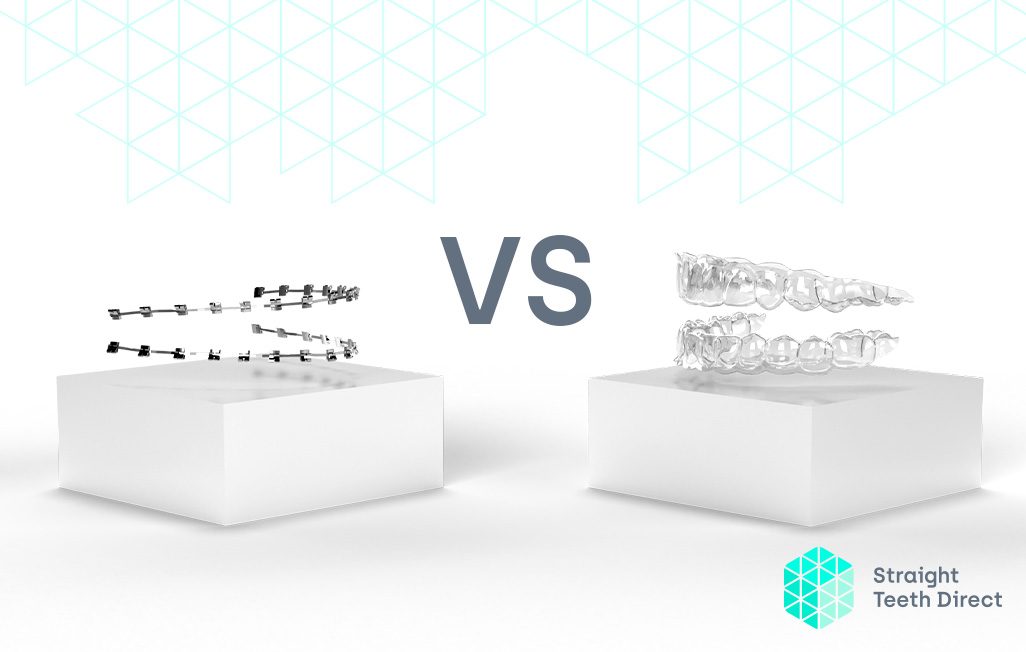
Fixed Braces vs. Clear Aligners

There are many different reasons why fixed braces and teeth aligners are different and guess what, one of them has to do with food 😉
In this blog we’ll be comparing both so at the end you have a clear picture and all your questions answered to make up your mind and decide which option is best for you.
#1 What are the different braces options
The 4 types of fixed braces:
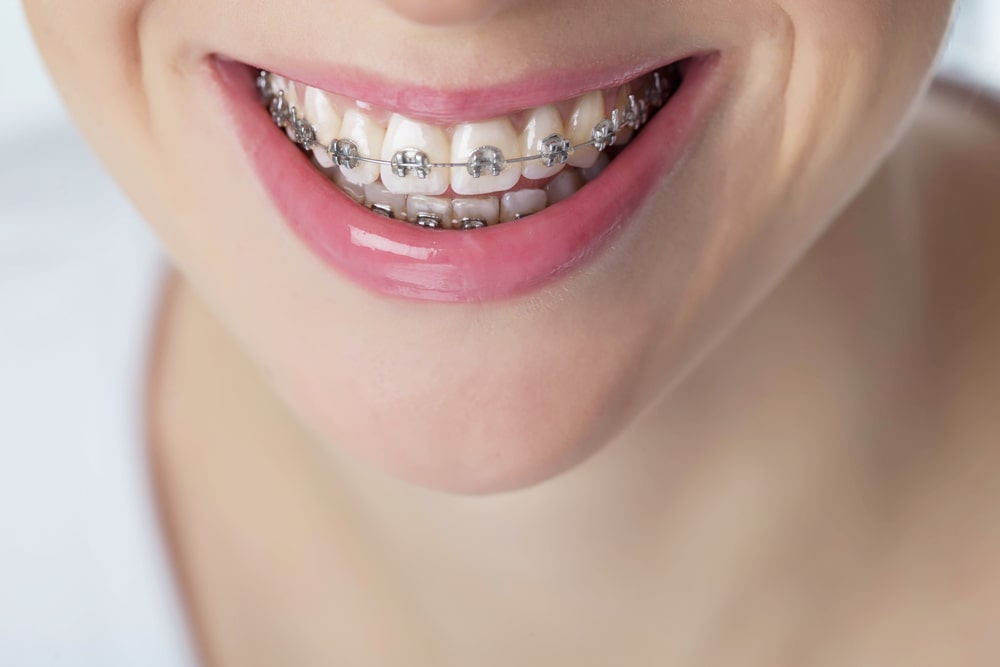
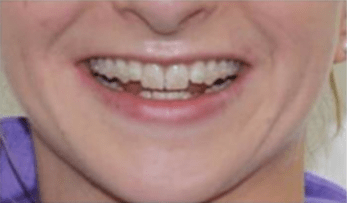
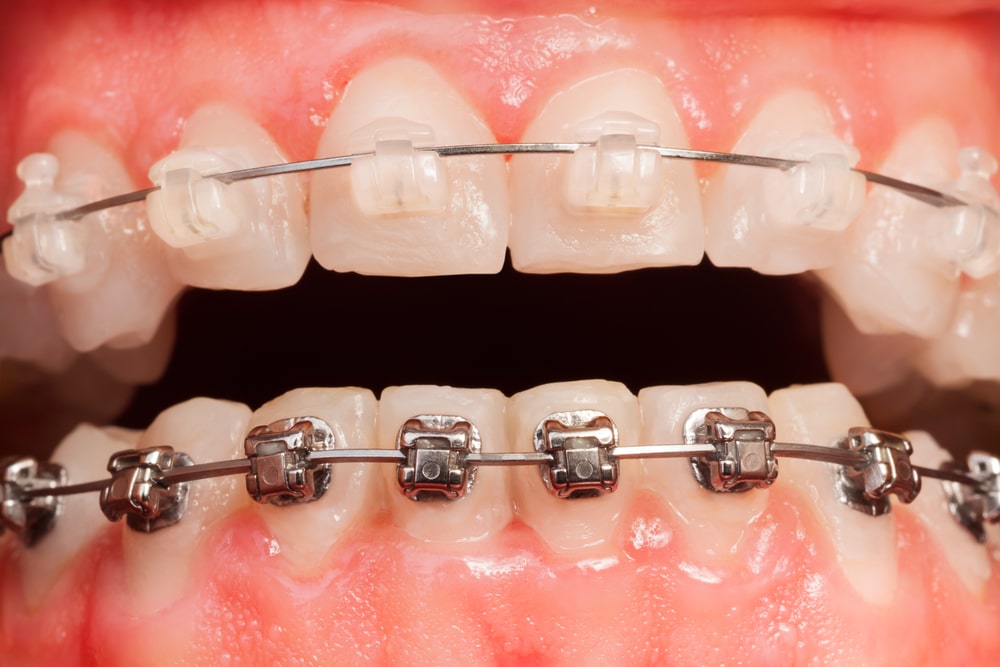
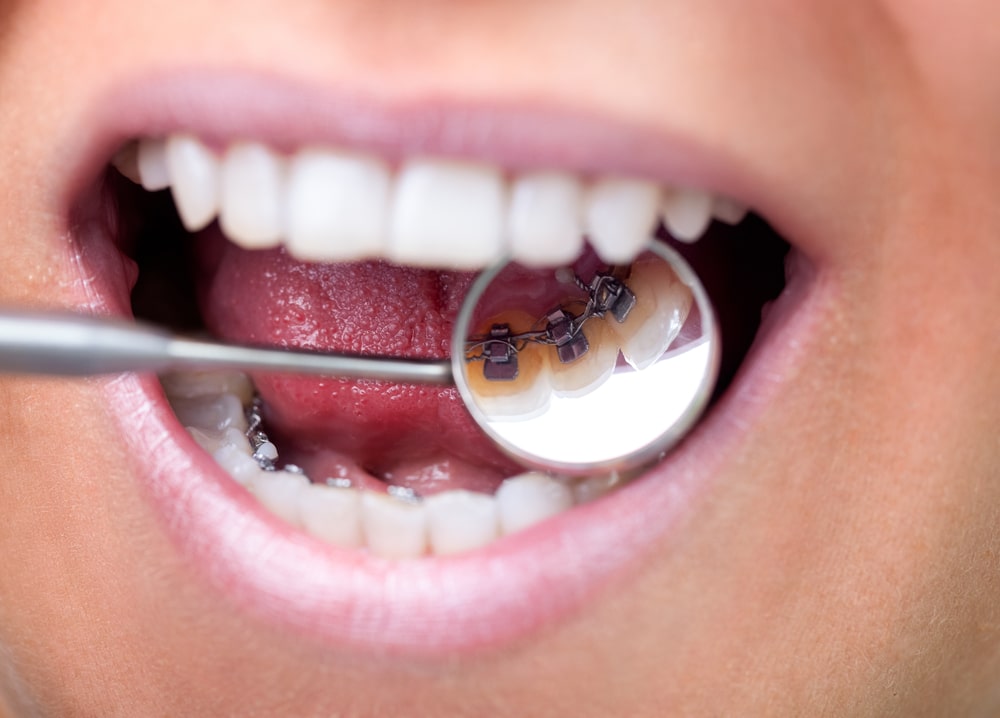
2. The different types of clear aligners:
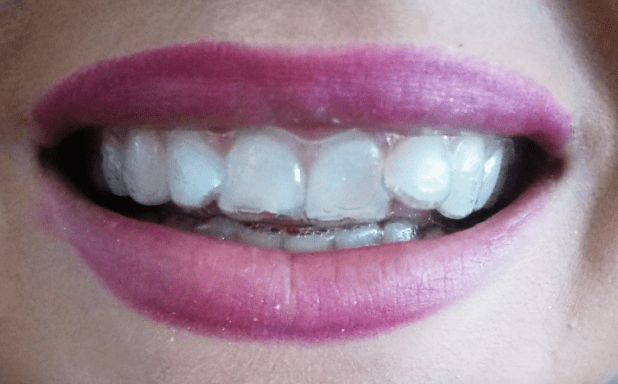
With Straight Teeth Direct™ aligners can give you a straighter smile in 5 to 9 months (average based on users data but some are more and some are less than that).
You’ll find lots of different brands of aligners out there, the most famous one being Invisalign®.
The main differentiators are:
– the transparency of the material used to make the aligners
– how they work, if you need IPR/attachments or if they expand your arch remotely
– how they are delivered, if it’s done all at home or you have to visit a clinic once or multiple times.

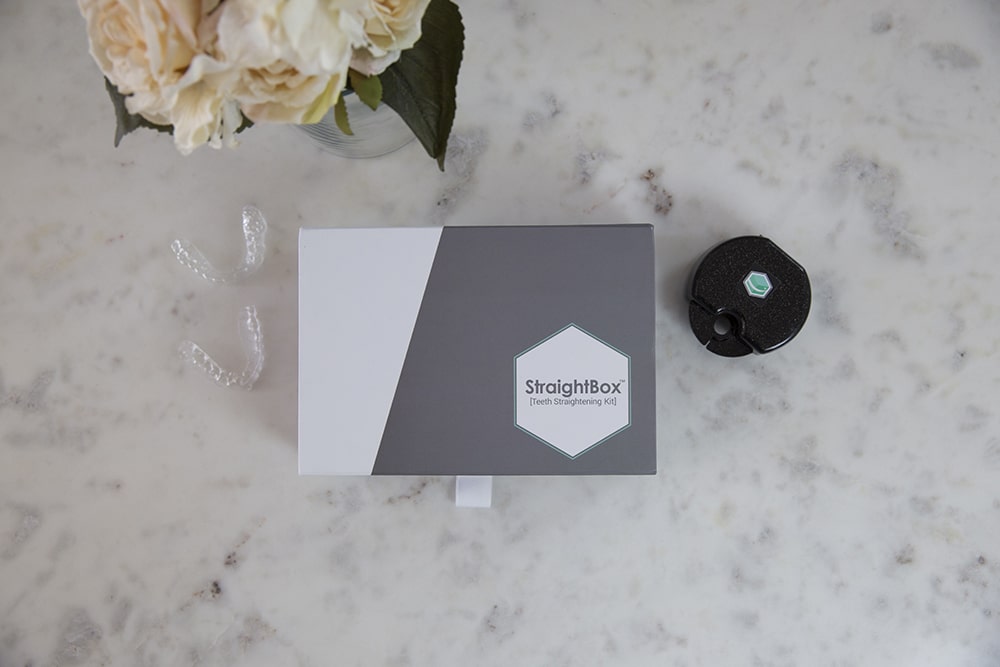
With Straight Teeth Direct™ everything is done remotely, you’ll be recommended to have seen your regular dentist recently for a dental exam to make sure you have no issues with your teeth or gums and you’ll be able to upload a copy of your records (x-rays and gum scores) through your account so the dentist prescribing and supervision your treatment has a full view of your history and current situation. The assessment and monitoring are all done through your mobile phone or computer using your password protected app account. The treatment doesn’t require any dental visits as no IPR (interproximal reduction – tooth filling between the teeth to make space) is needed as your teeth are programed to move by the expansion of your arch so you also end up with an ideal arch shape. You’ll also get extra comfort compared with other brands as we innovated to bring aligners that work in a 2 stage movement with a softer aligner first follow by a harder one. This makes it more comfortable and efficient in completing tooth movements.
#2 Why you may need braces as an adult
If your teeth and more specifically their position make you feel insecure then looking into orthodontic treatment is a good start. It’s much more natural and less invasive than to go for veneers or crowns as you get to keep your healthy teeth and only move them around.
Case scenario 1: Your teeth were not crooked enough to benefit from orthodontics as a child or your teeth became more crooked over time and now you’d like to get them sorted.
Case scenario 2: Or you are what’s called a relapse case. Because your retainers failed you, your teeth have shifted back and whether it’s as bad as before or minor you just can’t handle the fact your teeth aren’t perfect after years of braces.
This could be mainly because you didn’t or stopped wearing your removable retainers, or your fixed retainer didn’t last and you never got around getting it repaired.
Or maybe your wisdom teeth grew and pushed all your teeth making them crooked again.
#3 Things that fixed braces and aligners both do
1. Move your teeth
They can both improve your arch shape, close gaps between your teeth bringing the teeth together, align crooked or overlapping teeth and improve the appearance of your teeth like when you have an overbite.
They both work by applying forces, any constant force on the teeth causes the bone to remodel around the tooth root, there is some bone resorption (done by osteoclasts) in front of the path of the force to enable the tooth to advance, and then there is bone deposition (done by osteoblasts) behind the tooth so the tooth moves gradually like this into position.
2. Affect your speech
If you opt for the discreet options so lingual braces for the fixed ones and clear aligners they are both likely to impact on your speech, at least in the first few days/weeks of wearing them until your mouth gets used to having them around.
3. Make you lose weight
Lingual braces, can also be difficult to eat with as you need something called bite blocks which are large pieces of filling materials placed on back teeth to actually stop you biting together (and then knocking the braces off). This can make it very difficult to eat which is why people often lose weight with fixed braces. Similarly people wearing aligners have reported bonus weight loss. An irish user Dearbhla said: “they’ve helped me stop biting my nail, a habit I’ve been trying to kick for years now and improved my diet as I’ve stopped snacking on unhealthy snacks”. This is because each time you eat something you need to take your aligners off and brush your teeth before putting them back in.
#4 The 5 main differences between fixed braces and aligners
1. How they look.
Fixed braces are visible (expect from lingual braces) and aligners are completely see through so most people won’t notice you are wearing them.
2. How they fit.
As per the name fixed braces are fixed onto your teeth, only your orthodontist has control over taking them off or tightening them etc. With aligners you can decide when to take them off yourself.
3. Food.
With aligners you can take them out to eat meaning there is no restriction on what you can consume during treatment; you’ll have to be much more careful with fixed braces as they can break and foods get stuck into them. With clear fixed braces you’ll also have to be super careful with coloured foods and won’t be able to eat curry for example unless you don’t mind your braces turning yellow afterwards.
4. Oral hygiene.
With fixed braces it will be a struggle to clean all the food that’s getting stuck in between the wire and brackets; with aligners you simply take them out to brush your teeth and give them a rinse so that they are also always clear and clean.
5. Comfort.
Fixed braces are more painful and can cause more damage in your mouth than aligners.
#5 Risks associated with fixed braces and aligners – what can happen
Fixed braces come with several risks:
In comparison removable aligners have little risks.
Because they are removable they come with minimal risks, but like any device worn in the mouth there are a few things to be aware of:
#6 Brace yourself! Cost of braces
Braces are an investment so you have to be prepared to spend thousands if you want a safe solution for your oral health and great long lasting results, this is because they require the supervision and time of a dental professional. The cost will be higher if you visit a specialist orthodontist than if you seek treatment with a dentist who has had extra training in cosmetic orthodontics.
> Fixed braces will cost anything from £2000 for fixed metal ones to £9000 for lingual braces.
> Clear aligners will cost between anything from £3500 to £5000 depending on the brand and dentist you choose to visit.
With Straight Teeth Direct™ you can save nearly 70% of that by choosing a tele-monitored treatment so you also save on the repeated monthly visit to the dental clinic.
With an in clinic option you will have to visit various dentists and compare the options and quotes given to you; we’ve also simplified that as Straight Teeth Direct™ comes at a fixed price, thus giving you a clear expectation on cost before you get involved with anything.
#7 Pros & Cons of fixed and removable braces
They are great to correct jaw position and more complex orthodontic cases. They can also save you money, if you choose the metal ones they will likely be the most affordable solution.
They are also ideal for patients with fake teeth (veneers, implants, bridges, crowns).
They are the number brace choice for adults looking to straighten or re-straighten their teeth because they are so discreet and less traumatic than wire and brackets.
You don’t have to wait for the brace off reveal to enjoy the results, with aligners you get to see and enjoy the progress along your journey, if you have an important event like a wedding, birthday etc and have not yet finished the treatment you can still take out your aligners for the occasion and enjoy a straighter smile.
They are ideal if you want to cosmetically improve the position of your front teeth, those that we see when you smile.
#8 Which brace is best for you?
It all depends on your personal preferences, lifestyle and budget.

Some people actually prefer something they can’t remove, they do this because they don’t mind if their smile doesn’t look nice during the process, they prefer the braces just being glued on. Most adults tough prefer clear aligners, as they can remove them for social occasions and don’t need to be shy in photos during the process.
Most other people won’t seek a solution unless it’s super discreet and will want something quick and minimally painful too and therefore opt for aligners.
To find out the cost for your specific case most clinics will offer a free consultation, some others will charge you a fee. Then in order to see a full plan and a 3D smile simulation from a local orthodontist you’ll be asked between £50 and £250.
A small percentage of cases won’t be suitable to treat with aligners at home and to find out for sure if yours can be you can get your free Smile Diagnostic. You simply upload 5 photos of your teeth and answer a questionnaire, all your info will be reviewed by a dental professional and you’ll be told if Straight Teeth Direct™ is an option for you. Your results will be shared with you on the same day and act as your suitability guarantee so you can get started worry free and order your impression kit. The impression stage is only £69 and also covers your Straight Teeth Plan and 3D rendering of your new smile.
All in all if you want a better smile and start loving it from day one, invisible aligners are a perfect fit for you.
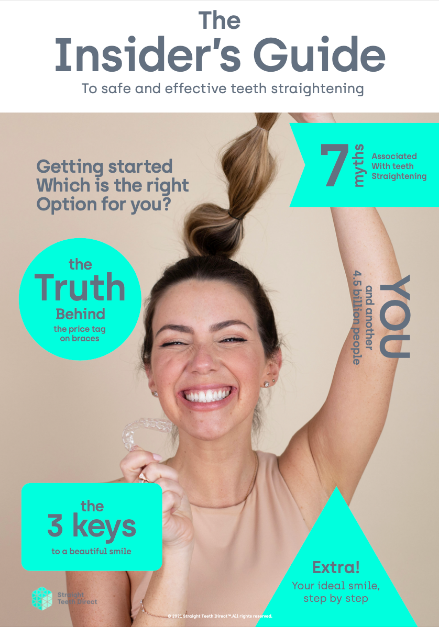
Still thinking about it?
Fill in your email to receiveyour free guide!


















